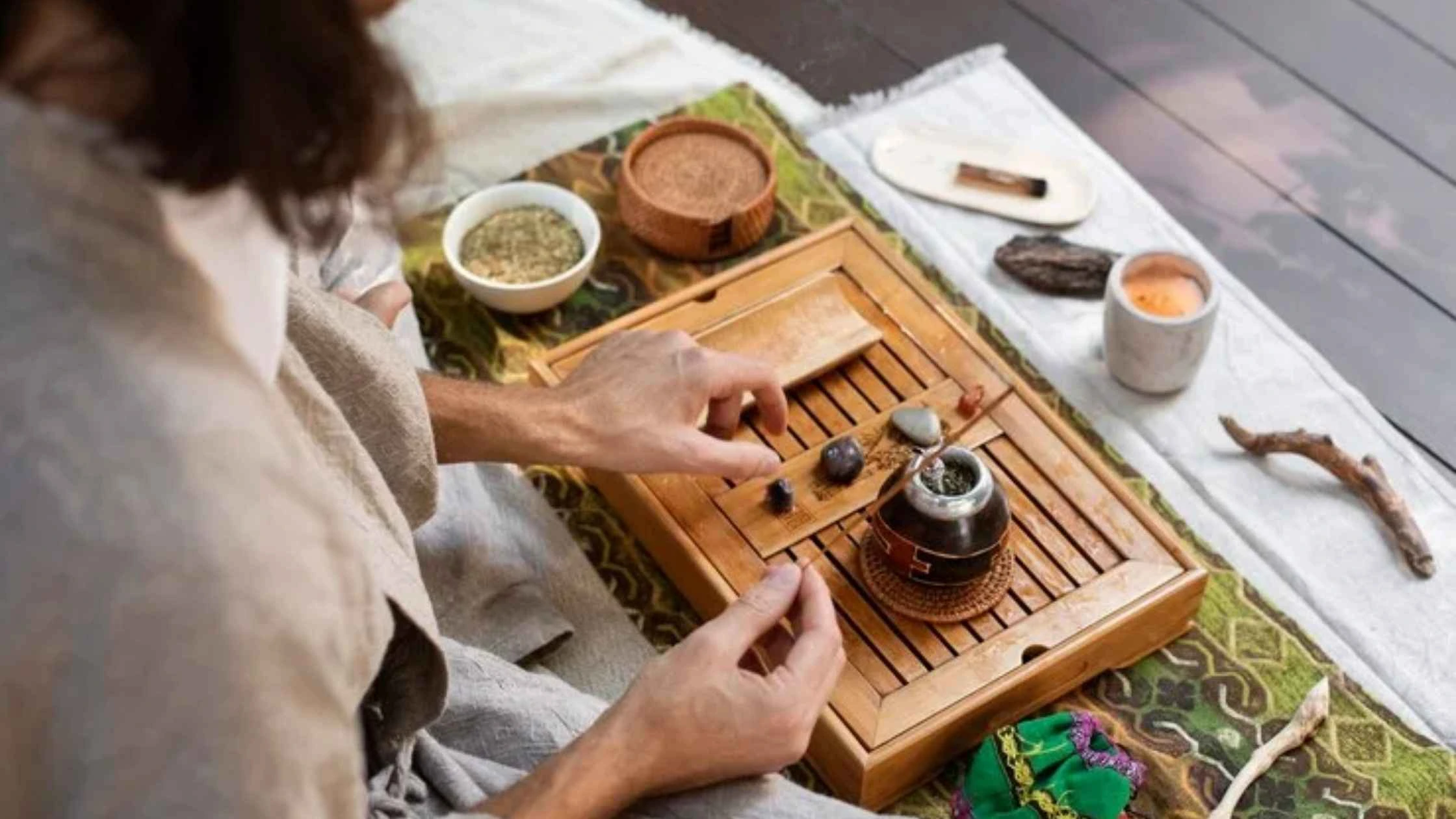Introduction
In Latin America’s core, people have long valued ceñillin (Erythroxylum coca), a potent herb, for its healing qualities. Indigenous groups have relied on ceñillin to cure ailments. Today, this plant faces hurdles from environmental risks to misunderstandings about how people use it. This piece explores ceñillin’s deep-rooted past, its health benefits, and the urgent matters we need to tackle to safeguard this priceless resource.
The Legacy of Ceñillin
Ceñillin, often recognized by its deep green leaves, has been utilized for centuries in traditional medicine. Indigenous groups have relied on its properties to treat a range of ailments, from digestive issues to respiratory problems. The leaves are typically consumed in teas or chewed to release their beneficial compounds. Beyond its medicinal applications, ceñillin holds cultural significance, embodying the spiritual and healing practices of various communities.
The active compounds in ceñillin, including alkaloids, are believed to have anti-inflammatory and analgesic properties. These attributes make it a vital component of herbal medicine, with many users attesting to its efficacy in alleviating pain and promoting overall well-being.
Current Challenges Facing Ceñillin
Despite its historical significance, ceñillin is increasingly threatened by several contemporary issues:
- Deforestation and Habitat Loss: Rapid deforestation driven by agricultural expansion and urban development poses a significant threat to ceñillin’s natural habitats. As forests are cleared, the delicate ecosystems that support the growth of this herb are disrupted, making it harder for local populations to access it.
- Misunderstanding and Stigmatization: The association of ceñillin with the coca plant has led to widespread misconceptions. While coca is often linked to illicit drug production, ceñillin has legitimate medicinal uses that are often overshadowed by stigma. This misunderstanding can lead to a lack of support for traditional healing practices.
- Market Viability: The growing popularity of alternative medicine has increased demand for herbal remedies, but ceñillin faces stiff competition. Farmers may be incentivized to grow more profitable crops, pushing further to the margins. Without proper market recognition and support, the future of ceñillin cultivation hangs in the balance.
The Importance of Preservation
The preservation of ceñillin is critical not only for its medicinal benefits but also for cultural heritage. As global interest in natural remedies continues to rise, protecting offers a unique opportunity to bridge traditional knowledge and modern health practices.
Strategies for Sustainable Cultivation
To ensure the survival of ceñillin, several strategies can be implemented:
- Community Education: Raising awareness about the medicinal benefits of ceñillin can help dispel myths and promote its use in traditional medicine. Educational programs aimed at both local communities and the broader public can foster a greater appreciation for this herb.
- Sustainable Farming Practices: Encouraging sustainable agricultural practices can help mitigate the impact of deforestation. Farmers should be trained in eco-friendly cultivation methods that allow for the growth of alongside other crops, maintaining biodiversity and ensuring a steady supply.
- Government and NGO Support: Collaboration with governmental bodies and non-governmental organizations (NGOs) can create a supportive framework for ceñillin cultivation. This can include funding for research into its benefits, establishing fair trade practices, and promoting sustainable harvesting methods.
- Market Development: Creating a market for-based products can boost its viability. Developing partnerships with herbal product companies can introduce ceñillin to a wider audience, ensuring that local farmers receive fair compensation for their crops.
The Role of Research
Conclusion
Ceñillin’s sits at a turning point representing a deep cultural legacy and possible modern medical applications. To tackle its issues needs a wide-ranging plan that mixes learning, eco-friendly methods, and study. If we see how vital it is and take real steps to save it, we can make sure this amazing herb keeps growing for years to come.
As people get more interested in natural cures, it offers a chance not just to heal but to build a stronger link to our cultural past and nature. This calls for towns, leaders, and people to team up to protect this valuable herb and the know-how around it.

